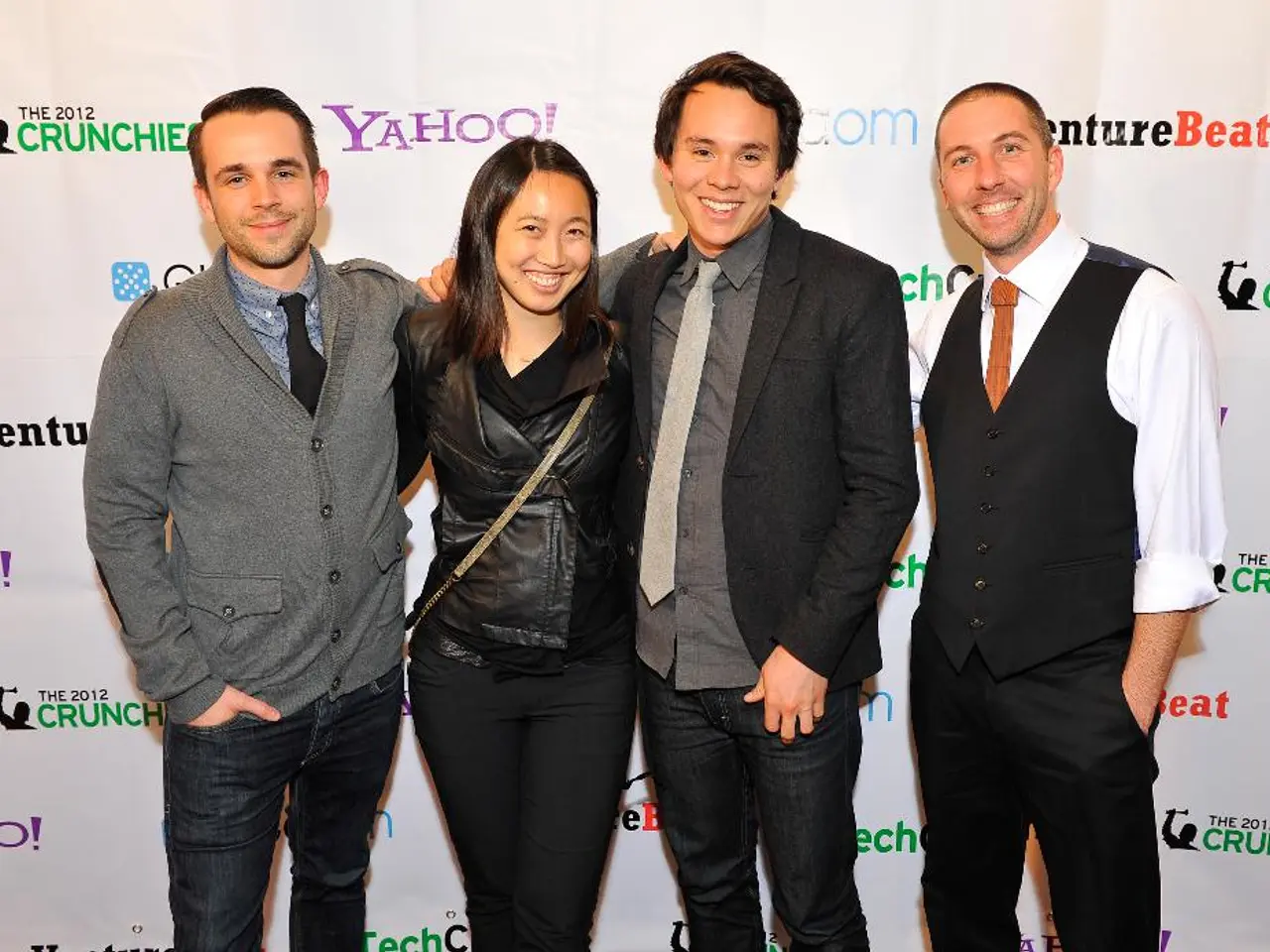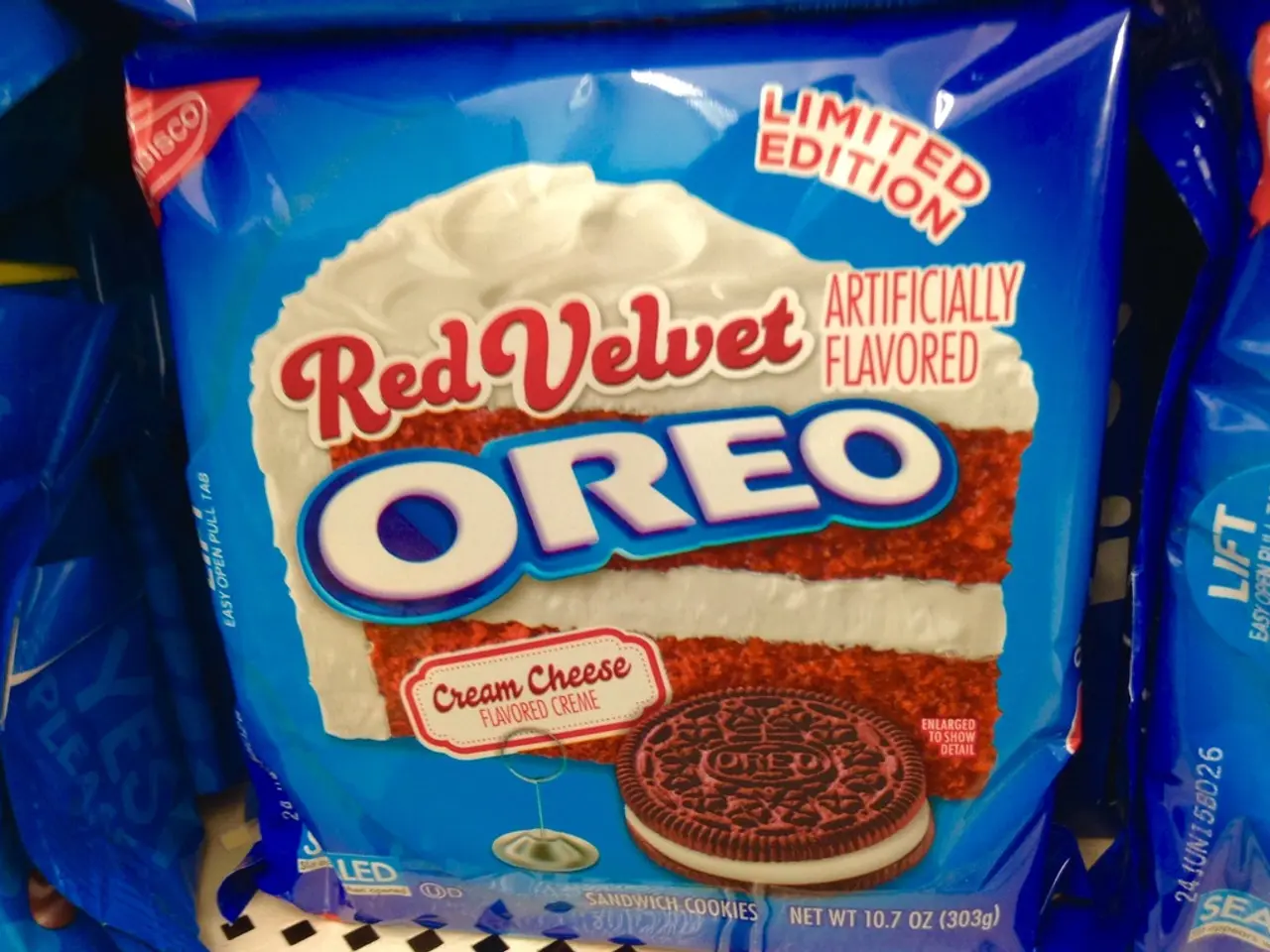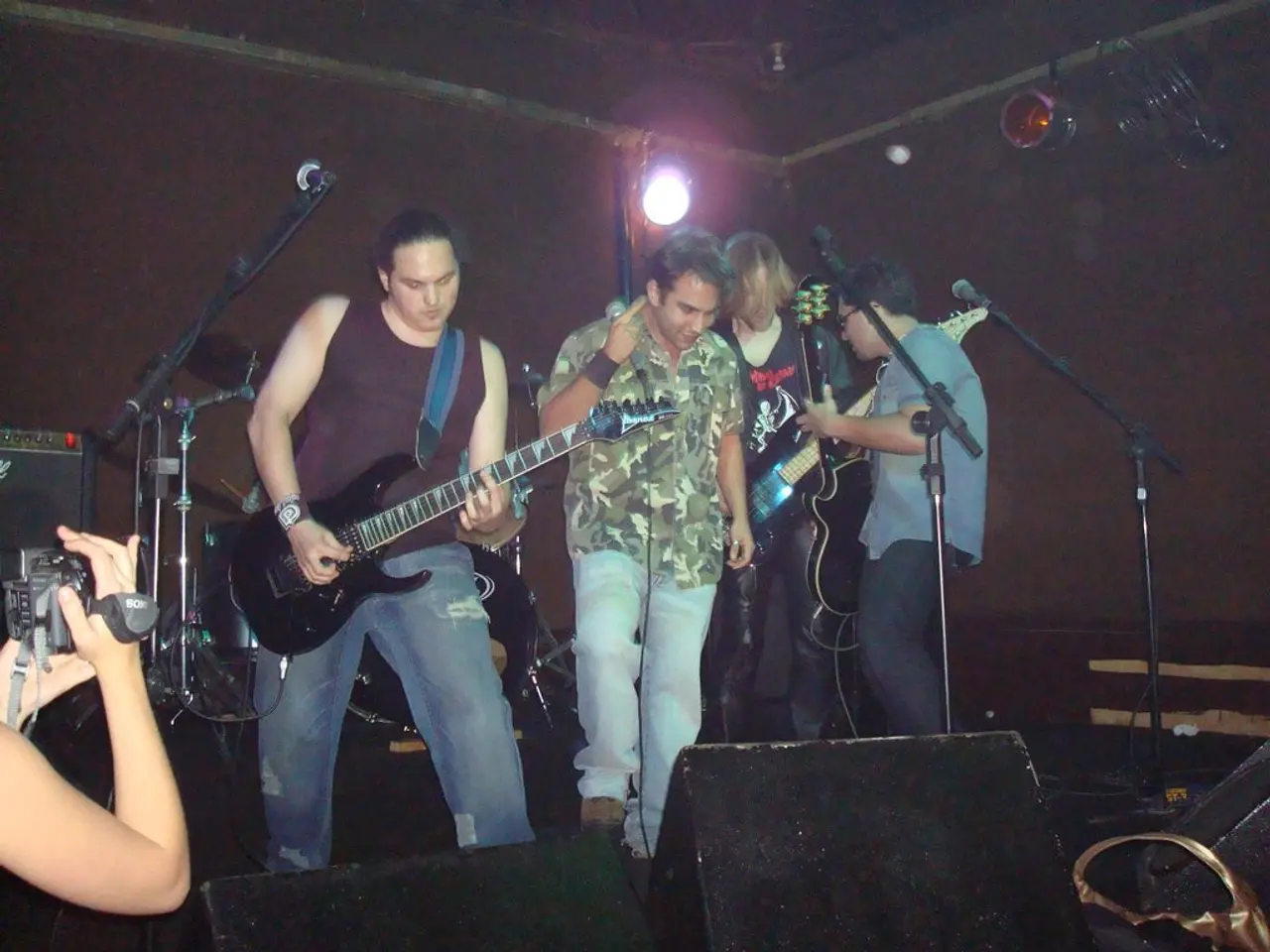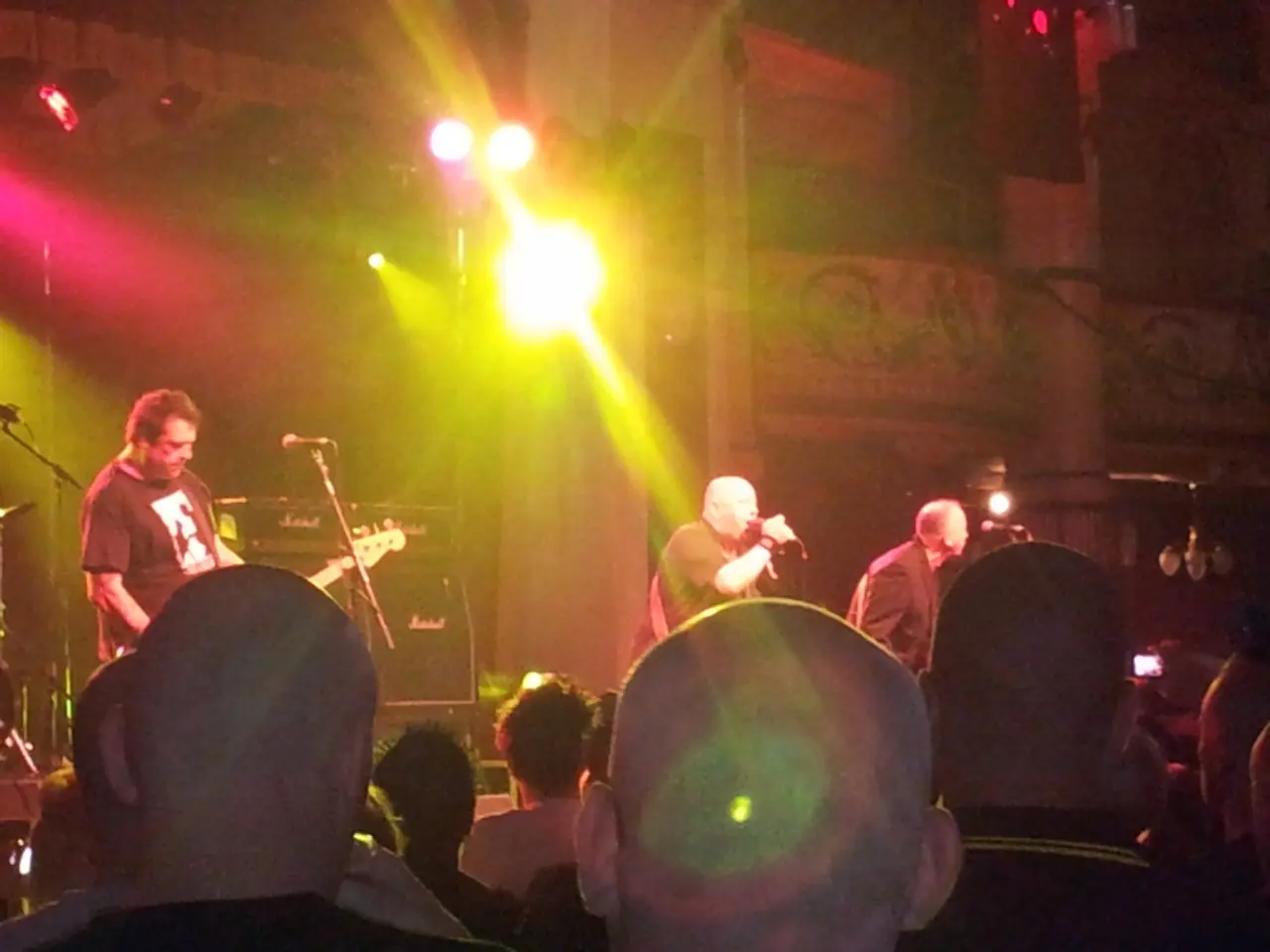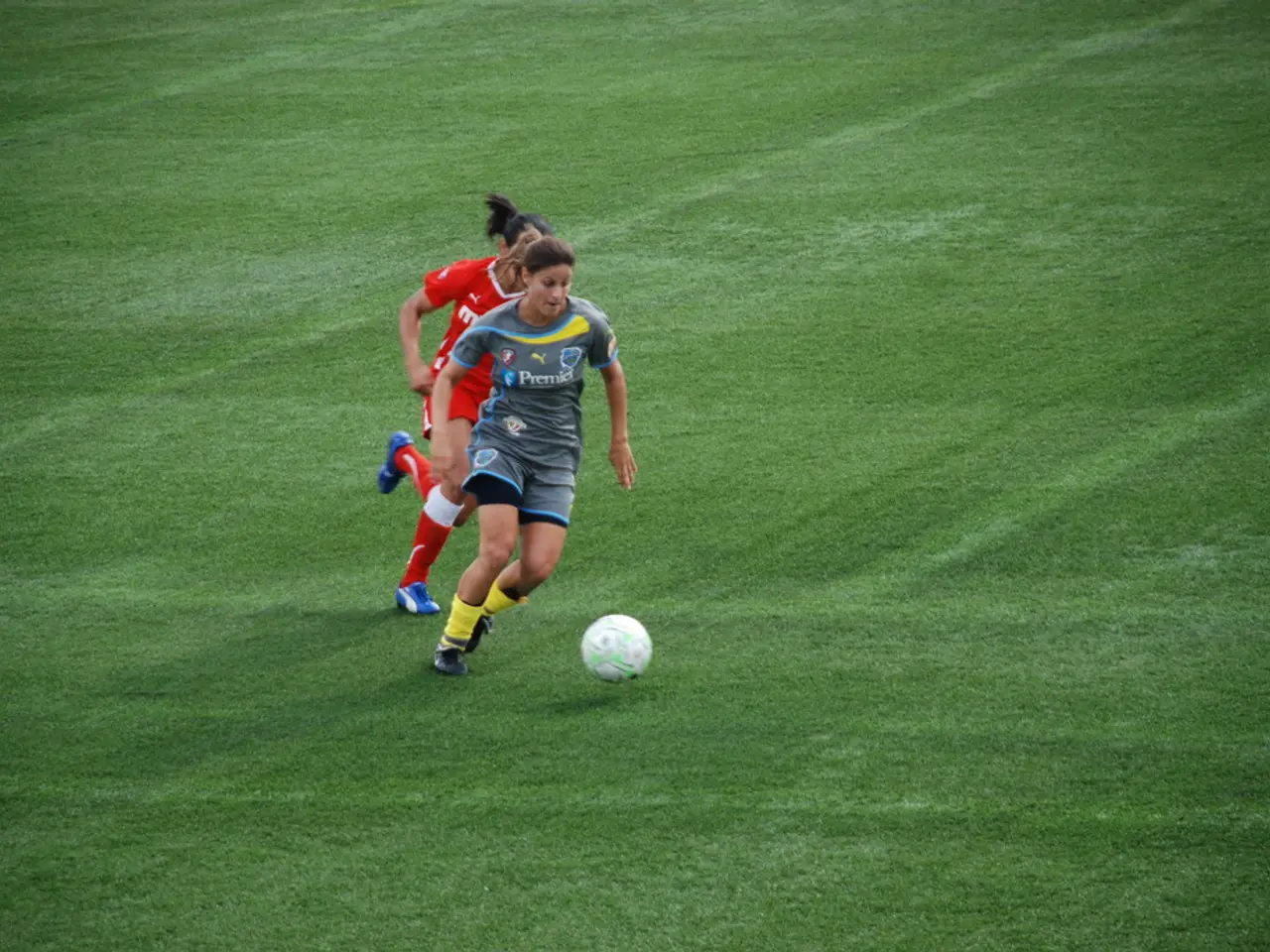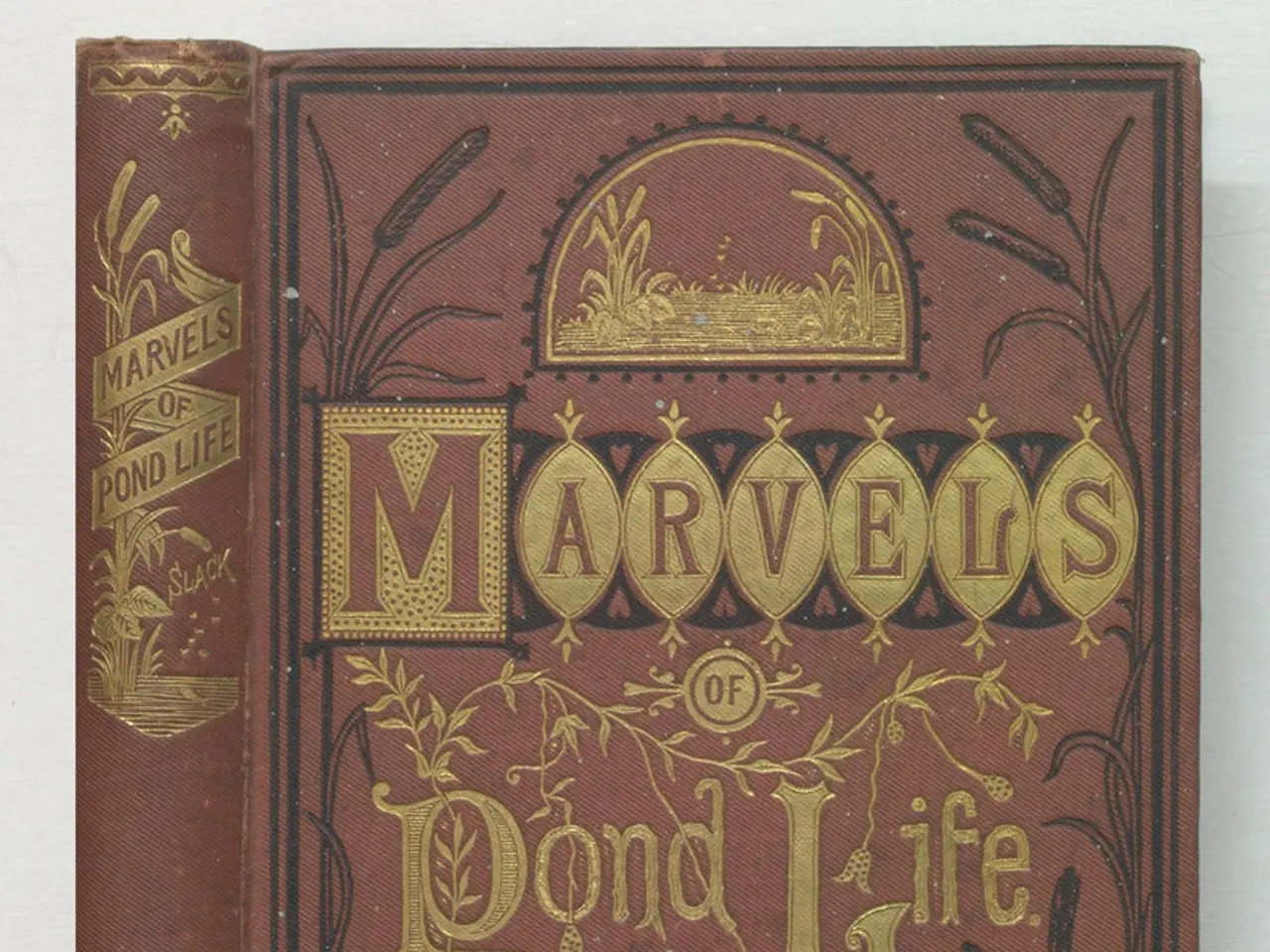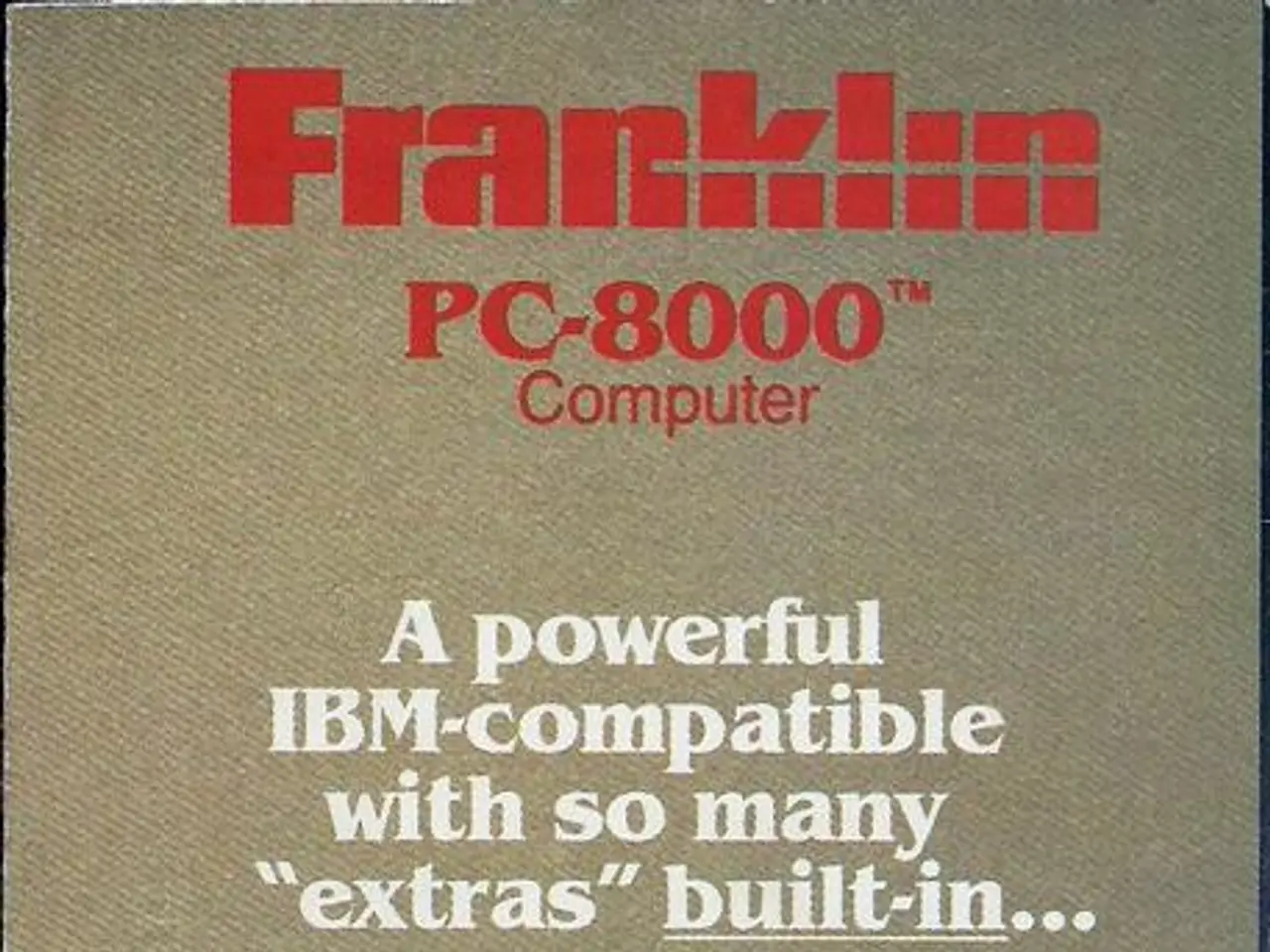Reminiscing a milestone: The impact of Live Aid on philanthropic practices and global dynamics, a retrospective after four decades.
Forty years ago, on July 13, 1985, two simultaneous Live Aid concerts took place in London and Philadelphia, marking a significant moment in the fight against global poverty and hunger. The events were organised to raise funds for famine relief in Ethiopia, which was grappling with severe drought, civil war, and food shortages throughout the early 1980s[1].
The brainchild of Bob Geldof, frontman of Boomtown Rats, and Midge Ure, vocalist of Ultravox, Live Aid was inspired by the success of the 1984 Band Aid single “Do They Know It’s Christmas?”, which sold millions of copies and raised awareness of the African famine crisis[2]. The duo envisioned Live Aid as a "global jukebox," a marathon 16-hour pop concert featuring dozens of top artists, broadcast to an estimated global audience of 1.5 to 1.9 billion people[1][3].
The concerts attracted massive crowds in both cities and showcased landmark performances by artists like Queen, U2, Madonna, Mick Jagger, Tina Turner, Elton John, George Michael, and Phil Collins, among others. Phil Collins notably performed in London, then flew on Concorde to Philadelphia to play sets in both venues in one day, symbolising the event’s scope and commitment[3].
Live Aid’s massive worldwide broadcast and the star power of its performers generated millions of dollars in donations. The funds raised were channeled directly to support relief efforts in Ethiopia, helping to alleviate the effects of the famine through food aid and other assistance programs[1][3].
In addition to the concerts, the success of Band Aid led to the formation of USA for Africa, a similar movement in the United States, which released the song "We Are The World," which went on to sell more than 10 million copies[4].
Live Aid served as a template for future benefit concerts like Farm Aid, Live 8, and America: A Tribute to Heroes. Although some question if all the money was used appropriately, the impact of Live Aid on raising awareness of global poverty and hunger, and forcing world leaders to address the issues in a public way, cannot be underestimated[5].
References: [1] BBC News. (2015). Live Aid: The day the music changed the world. Retrieved from https://www.bbc.co.uk/news/entertainment-arts-31637695 [2] Band Aid Trust. (n.d.). History. Retrieved from https://www.bandaid.com/history [3] Geldof, B. (2014). Is This It: The 1986 Autobiography of Bob Geldof. London: Hodder & Stoughton. [4] USA for Africa. (n.d.). We Are the World. Retrieved from https://www.usaforafrica.com/ [5] Oxfam. (2015). Live Aid: The story behind the concert that changed the world. Retrieved from https://www.oxfam.org.uk/what-we-do/emergencies/live-aid-story-behind-concert-changed-world
The duo, Bob Geldof and Midge Ure, imagined Live Aid as a "global jukebox," a marathon 16-hour pop concert, showcasing music by top artists like Queen, U2, Madonna, and Elton John, seeking to raise awareness and funds for famine relief in Ethiopia. The star-studded event, featuring performances by numerous well-known artists, successfully generated millions of dollars in donations to help alleviate the effects of the famine in Ethiopia through food aid and assistance programs.
